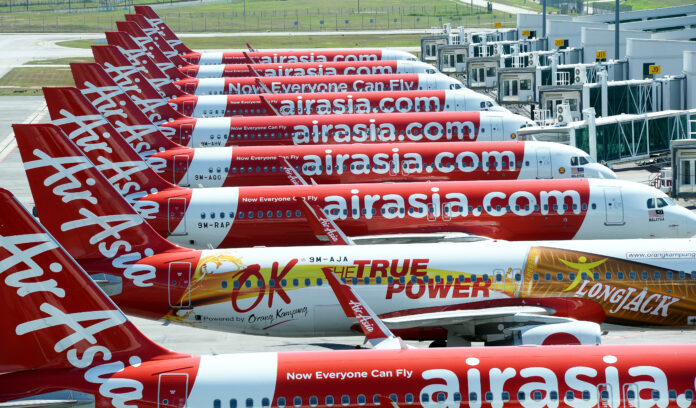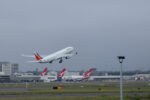AirAsia Philippines has revealed plans to expand its fleet by up to 20 aircraft over the next five years to meet surging demand for both domestic and international travel. The plan is part of a broader strategy aligned with parent company Capital A Berhad’s ambitious transformation of AirAsia into a global low-cost network carrier.
Currently operating 15 aircraft, AirAsia Philippines targets a fleet of 21 jets this year, with a gradual addition of 2 to 4 aircraft annually through 2026. “We are currently studying all the routes … the feasibility of the routes,” said Capt. Suresh Bangah, CEO and president of AirAsia Philippines, in a media briefing.
This expansion complements a US$12.25 billion agreement signed earlier by AirAsia Berhad, a Capital A Berhad subsidiary, for 50 Airbus A321XLR aircraft, with options for 20 more. Deliveries are scheduled between 2028 and 2032.
Tony Fernandes, CEO of Capital A and advisor to AirAsia Group, emphasized the broader vision: “AirAsia is on a transformative journey to become the world’s first low-cost network carrier. This is about exponential growth, connecting geographies beyond ASEAN.”
The A321XLRs, offering longer range and improved fuel efficiency, will bolster AirAsia’s multi-hub strategy and support its goal to deliver wide-ranging connectivity while maintaining low operating costs. The aircraft will join AirAsia’s all-Airbus fleet, which includes A320 and A330 jets.
Further signaling long-term growth, AirAsia Aviation Group may order up to 150 new-generation aircraft, with a final decision expected within weeks. “Newer generation aircraft will save about 30 percent of operational costs, including fuel burn,” said Capt. Chester Voo, deputy group CEO of Airline Operations.
The Group aims to serve 150 million guests annually by 2030, with a cumulative goal of 1.5 billion passengers flown since its inception — underscoring both commercial scale and strategic ambition in reshaping low-cost aviation across and beyond Asia.







